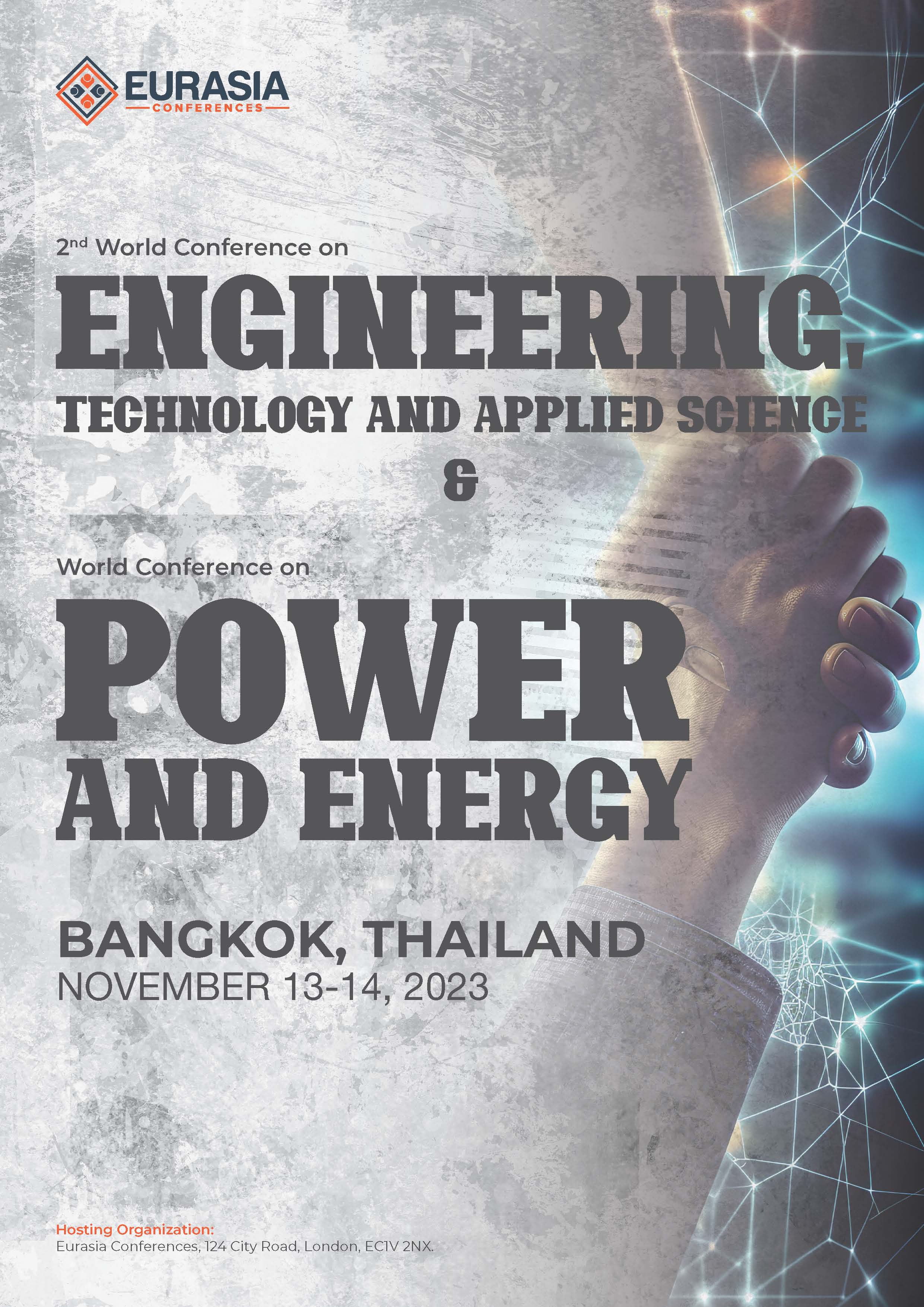
Pengfeng Lin
Energy storage systems (ESSs) play an important role in modern smart grids. On one hand, a large amount integration of renewable power generations poses serious challenges to stable operation of power systems due to their high uncertainties and intermittency. To mitigate the adverse effects of the renewables on power system, ESSs can be employed to absorb surplus power generation in the system or release power to meet demand in the case of renewable shortage. In this way, the various renewable power injecting into power grid can be significantly smoothed and this practice allows power system operators to better dispatch available power plants. On other hand, the strong global trend of electricity market deregulation has encouraged an increasing number of private owners of renewable assets to participate in electricity market clearing. Moreover, there are currently plenty of limitation among inter-governments over the installations of new fossil fuel-based power plants in order to advance decarbonization progressively. As to this situation, flexible resources which are capable of corresponding and responding to system operation are pivotally in need. Thanks to the nature of easily storing and releasing power, ESSs could substantially escalate the intrinsic flexibility of power system and ensure the balance of generation and consumption. Iin this talk, an advanced control scheme for modern ESSs is presented. The scheme helps to optimally allocate transient power requests from load center. Specifically, the energy storages with high power density and low energy density are responsible for the high frequency components of load power, whereas the energy storages with high energy density but low power density are to handle the low frequency components of load power. By doing this, the overall lifespan of the entire ESS is expected to be longer than those ESSs without the proposed control scheme. Note that multiple ESSs would be deployed to large scale distribution system to build up high system flexibility. To better manage the power and energy exchange between ESSs and power grid, a digital cyber network would be utilized over the physical ESS configuration. A semi-consensus digitization control framework is developed to realize multiple functions in an ESS-enabled low voltage DC power grid, i.e., autonomous bus voltage restoration, spontaneous transient power allocation, and autonomous state of charge balancing among batteries, etc. The digitalized ESS equipped with smart control scheme has shown promising features to support the reliable operations of future power grid in complicated context.